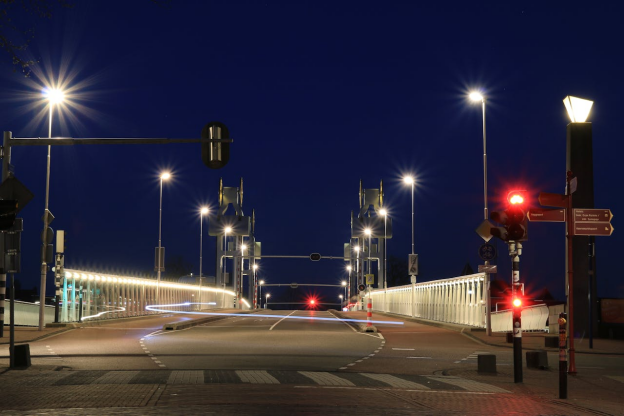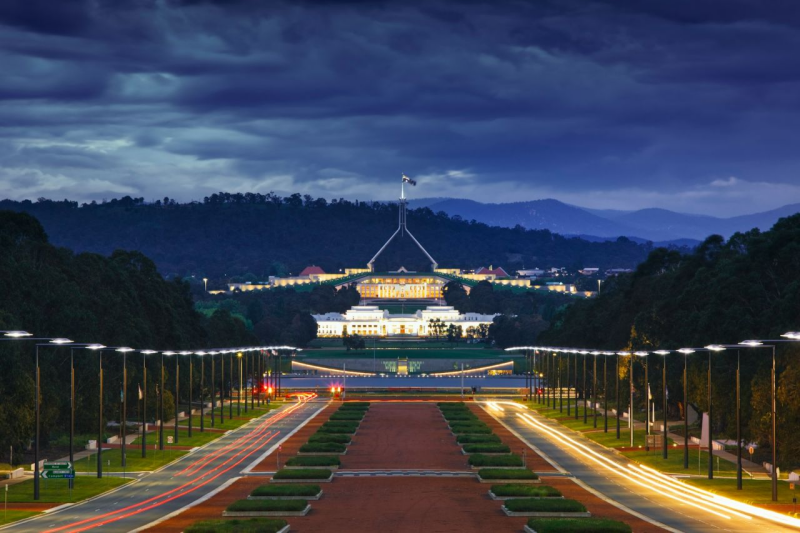Sansi LED: Sustainable LED Lighting and Integrated LED Display
Delivering premium and professional LED Display, LED Lighting, Smart City Integration solutions, trusted by over 60,000 companies worldwide everyday. From industrial lighting to commercial lighting, from outdoor advertising to XR & VR production, Sansi LED greatly improves the quality and sustainability of your business with 30 years of expert experiences.

Cities use a lot of energy every day. Streetlights, office buildings, and homes all contribute to rising pollution levels. One simple way to cut energy use is by switching to LED lights. LED lights reduce urban carbon footprints using less power and lasting longer than traditional bulbs. They help lower electricity costs and decrease pollution from power plants. Many cities are switching to LEDs to create cleaner, more efficient spaces. LED lighting offers a practical solution for a greener future, whether for streets or homes.
Why Urban Areas Need Energy-Efficient Lighting
Cities consume a huge amount of electricity to keep streets, offices, and homes well-lit. Traditional lighting, such as incandescent and fluorescent bulbs, uses more power and needs frequent replacements. This leads to higher energy demand and increased pollution from power plants. As populations grow, cities expand, and energy use continues to rise. More energy use means more emissions are released into the air, contributing to environmental problems. Switching to energy-efficient lighting can help lower these harmful effects. LED lights provide a better option because they use less electricity and last much longer. By replacing outdated lighting systems, cities can cut costs, reduce waste, and improve overall sustainability.
Embracing Sustainability Efforts for a Greener Future
Broader sustainability efforts are essential in building a greener future, and they go beyond just adopting energy-efficient technologies in cities. Individuals can contribute by embracing environmentally friendly practices in their daily lives, including when moving to a new home. For example, if you're planning a sustainable relocation, consider using energy-efficient appliances, reducing waste, and opting for eco-friendly moving supplies. These actions help reduce your carbon footprint and ensure that your move aligns with sustainability goals. By making mindful choices, whether in urban development or personal lifestyle, everyone can create a more sustainable world.
How LEDs Lower Energy Consumption
LED lights use far less energy than traditional bulbs, making them a smarter choice for cities. They convert most of the electricity they use into light instead of heat, which helps reduce wasted energy. Compared to incandescent bulbs, LEDs use up to 80% less power while producing the same or even better brightness. This means cities can light up streets and buildings using less electricity, leading to lower demand from power plants. Less energy consumption results in fewer emissions, helping to fight climate change. Another advantage is that LEDs provide instant brightness without needing time to warm up, which saves even more energy in public spaces. By switching to LEDs, cities can cut their energy bills while taking a big step toward sustainability.

Reducing Greenhouse Gas Emissions with LED Lights
Switching to LED lights helps lower greenhouse gas emissions by reducing the electricity needed for lighting. Traditional bulbs require more power, increasing the demand for power plants that burn fossil fuels. These power plants release carbon dioxide and other harmful gases into the air, contributing to global warming. Since LEDs use much less energy, they help reduce the pollution caused by electricity production. Studies show that cities that have adopted LED lighting have seen significant drops in their carbon emissions. In addition, LEDs produce less heat than older bulbs, reducing the need for air conditioning in buildings and further lowering energy use. Every LED light installed brings cities one step closer to cleaner air and a healthier environment.
Longevity and Waste Reduction
LED lights are known for their long lifespan, lasting up to 25 times longer than traditional bulbs. This means fewer replacements are needed, reducing the overall waste produced by discarded lights. With fewer bulbs being thrown away, landfills receive less waste, and the need for manufacturing new bulbs decreases. The extended life of LEDs also reduces the resources required for production, conserving materials like glass, plastic, and metals. As cities switch to LEDs, they cut down on energy consumption and help manage waste more effectively. In this way, LED lights play a crucial role in reducing environmental impact and promoting sustainability.

Smart LED Technology and Its Benefits
Smart LED technology brings an added level of efficiency to urban lighting. These lights can adjust their brightness based on real-time conditions, such as time of day or movement in public spaces. For example, streetlights can dim at night when fewer people are around, saving energy. Smart sensors can detect when a light is no longer needed, automatically turning it off. Cities can use these smart systems to monitor and manage lighting more efficiently, ensuring energy isn’t wasted. Furthermore, these technologies can be controlled remotely, allowing for quick adjustments to lighting needs. With smart LEDs, cities can save even more energy while improving public safety and reducing costs.
Economic Benefits for Cities and Homeowners
Switching to LED lighting offers significant economic benefits for both cities and homeowners. For cities, reduced energy consumption leads to lower electricity bills, saving millions of dollars annually. With LEDs lasting much longer than traditional bulbs, maintenance and replacement costs also drop, freeing up funds for other services. Homeowners benefit, too, as they see lower energy costs on their monthly bills. With LEDs’ longer lifespan, they don’t need to replace bulbs as often, saving money on replacements. Additionally, governments may offer incentives to encourage the adoption of energy-efficient lighting, providing extra savings. These financial advantages make LEDs attractive for anyone looking to reduce costs and environmental impact.
LEDs Improve Public Safety and Comfort
LED lights improve public safety by providing brighter and clearer lighting, especially on streets and highways. Better visibility helps reduce accidents and makes people feel safer walking or driving at night. LED lights also offer better color accuracy, which allows drivers to spot hazards more easily. Well-lit public spaces can deter crime, as brighter environments discourage criminal activity. Beyond safety, LEDs provide comfort by offering more natural and pleasant lighting in homes and offices. With LEDs, cities create safer, more welcoming environments for everyone, making the streets feel more secure and the spaces more comfortable.

The Future of LED Lighting in Cities
The future of LED lighting in cities looks bright as more urban areas switch to energy-efficient lighting solutions. LEDs will become even more efficient as technology improves, with longer lifespans and smarter features. Many cities are already reaping the benefits of LED lighting, with significant savings on energy costs and reductions in greenhouse gas emissions. LED lights reduce urban carbon footprints, using less energy and requiring fewer replacements. The growing adoption of smart LEDs will further enhance their ability to adjust to real-time needs, saving even more energy. With governments offering incentives and growing public awareness, the future is promising for widespread LED adoption, helping cities become greener and more sustainable.
Wrapping Up: The Bright Future of LED Lighting
Switching to LED lighting is an effective way to reduce energy consumption and promote sustainability in urban areas. Not only do LEDs use less power, but they also have a much longer lifespan, which cuts down on waste and maintenance costs. With the ability to adjust brightness and be controlled remotely, smart LED technology makes lighting even more efficient. Most importantly, LED lights reduce urban carbon footprints, helping to lower greenhouse gas emissions and combat climate change. By making the switch to LEDs, cities can save money, improve public safety, and create a cleaner, greener future for everyone.
-
NO DATA
